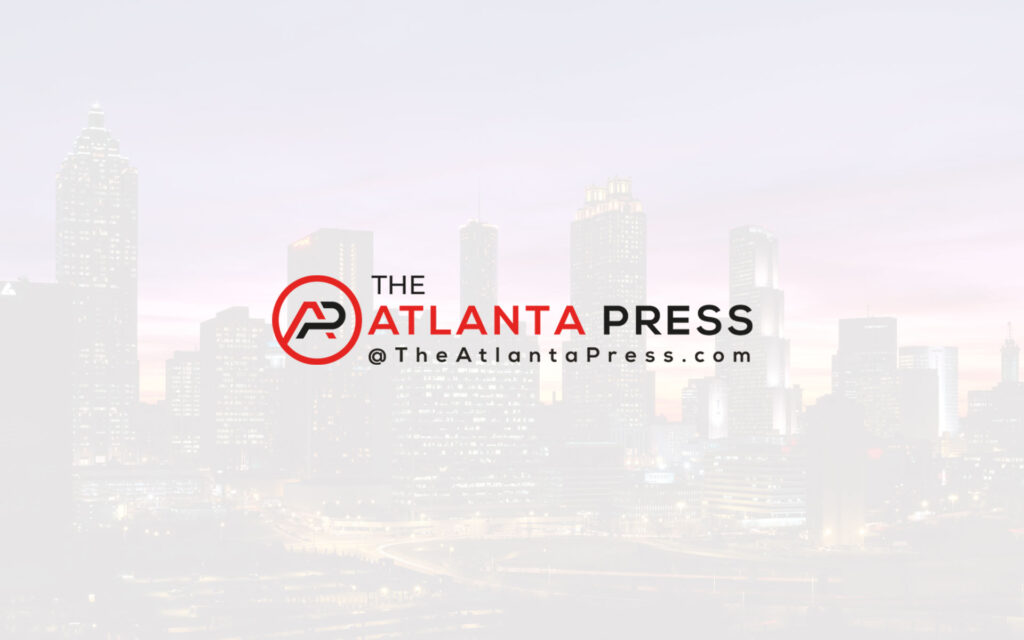This week we’re going to dive deeper into Georgia’s challenge of providing workforce housing. While it’s not a new problem, the recent public remarks by Governor Brian Kemp and the state’s economist Dr. Jeffrey Dorfman have directly tied the lack of available and affordable housing as a hindrance not only to Georgia’s population growth, but also to the state’s economic growth.
The term “workforce housing” begins as a loaded term with its own political connotations, many of which have negative perceptions. The rising cost of housing – both rental and owner occupied – cuts across many socioeconomic categories. The challenges are unique to many different groups, and transcend the state’s disparate geographic areas.
That last paragraph is the sanitized way of saying that too many people hear terms like “workforce housing” and “affordable housing” as code words for “poor,” “urban,” “subsidized,” “minorities,” and “renters.” To be more impolite and blunt, many people resist solving these problems in their communities because they want the people in these groups to live…anywhere else.
Housing solutions for Georgians that fit in the above categories are a real problem. The focus here isn’t meant to sidestep the underlying issues with housing for people within these groups, but to indicate that the problem is much more broad, and affects many more Georgians than are normally associated – even stigmatized – with the need for affordable housing options.
The specific group we’re going to look at today is owner occupied housing. It’s the kind of housing needed for someone who has chosen their career path, plans to put down roots in their community, and wants to live in the community where they work.
These are the people who those that intentionally avoid the issues associated with affordable housing claim they want to live in their communities. It’s also the kind of housing that must be…
Read the full article here





